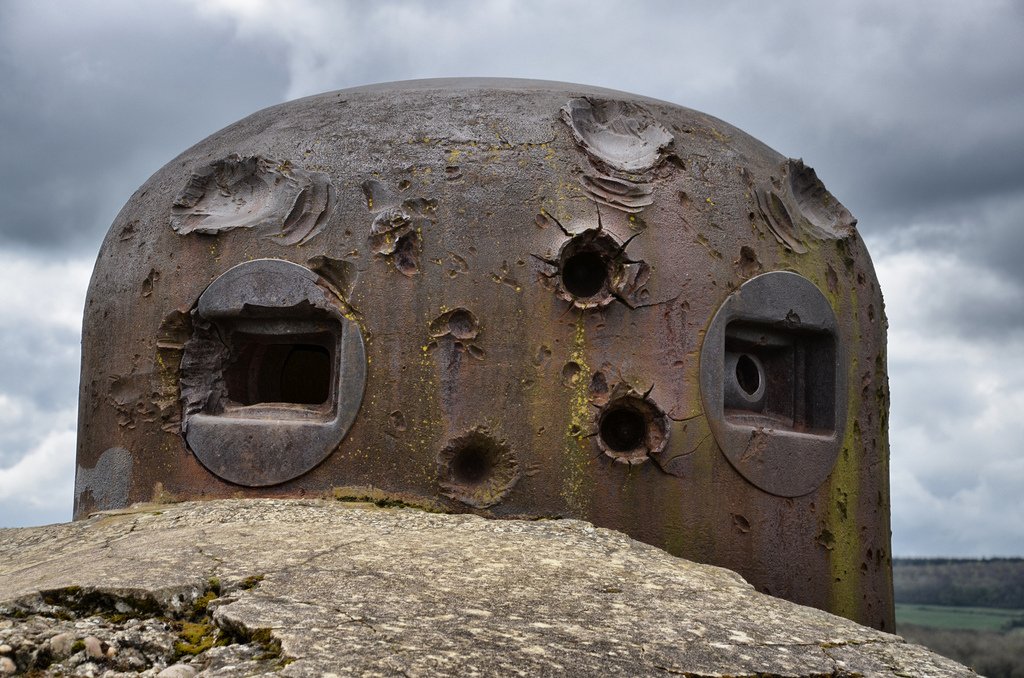They were protected by reinforced steel that was inches deep & capable of taking a direct hit from most known artillery fire.
(📷Paul Reed flickr.com/photos/battlef…)

(📷Overland Travel overlandtravel.de/night-blue-hou…)

If Germany attacked here, the French believed they would have time to bring up reserves and counterattack.
(📷Paul Reed flickr.com/photos/battlef…)

Alexandre Guirkinger: rose-paris.com/artist/alexand…
Paul Reed: flickr.com/photos/battlef…
- "The Maginot Line 1928–45" by William Allcorn: books.google.co.uk/books?hl=en&lr…
- "Fortress France" by Kaufmann & Kaufmann: books.google.co.uk/books?id=8ea-w…
- "The Battle for the Maginot Line 1940" by Clayton Donnell: books.google.co.uk/books?id=vx6ps…

Each episode, I look at a different example of societal collapse from history to find out what we can learn.
fallofcivilizationspodcast.com





























